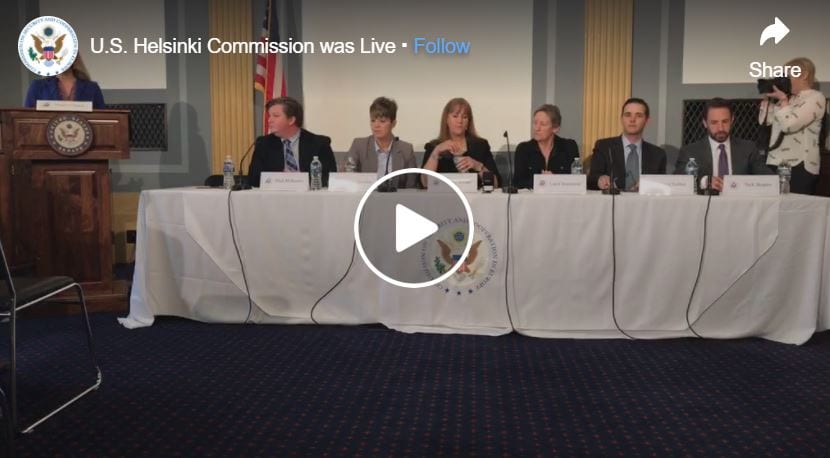
Fighting Human Trafficking in Travel and Tourism: Challenges and Solutions
Trafficking in Travel and Tourism: Traffickers move trafficking victims on airplanes, buses, trains, and taxis—frequently relocating to avoid detection by law enforcement and to chase big markets, like major sporting events and vacation destinations. Hotels, often unknowingly, sell rooms to traffickers for exploitation.
Over the last decade, transportation and hotel professionals have recognized the role they can play on the front lines of identifying potential trafficking victims. Many organizations work alongside NGOs and the Departments and Homeland Security and Transportation to ensure that their employees are ready to respond to, rather than look away from, victims in plain sight.
However, some companies have been slow to join the fight. Legislation pending in Congress will require hotels and airlines to train their employees to spot and report signs of trafficking before the companies can become eligible to win government contracts. More decentralized systems of travel and tourism—such as Airbnb and Uber—may need new frameworks to ensure that their systems do not become the preference of traffickers on the move.
Watch full video here.
